By Fiona Anderson & Paul Bucci
Triumph Social Media Travel Writers
Welcome to Week 1 of our seven-week Road Tripping adventure, exploring the West Coast from Vancouver Island, B.C., to the Badlands of Alberta.
This week, as we embark on the first leg of our journey – our first significant trip as new owners of a Geo Pro trailer – we discovered that some RV lessons are learned the hard way…
Dewinterizing
We had kept the Geo Pro winterized as we hadn’t used it since December. So before using it we had to de-winterize it which seems an incredibly intimidating thing to do. As first time RVers everything seems a little new and fraught with risk.
Luckily one of us has a brother-in-law who’s a very experienced RVer. And Day 1 of our trip to Northern Ontario ended in Kamloops .
Wes dewinterized for us: pump water into the opening for hose water (as opposed to water hookup) and let the water run through until the water runs clear. The antifreeze is pink, so no pink is what you are looking for. Then re-hook up the hot water tank. That’s not easy in a Geo Pro. It involves taking out one of the closing drawers and then using Cirque de Soleil flexibility to reach the levers. But the hardest part was finding the levers. In the Geo Pro they’re under the bed, which requires removing one of the clothes drawers.
Having a dump
Why were we so worried about this? It turned out to be relatively easy. Some RV Parks we’ve stayed at have sewer at the site, so we just hook up the sewer hose to the outtake and open the grey and black water pipes for our stay. If that isn’t the case, then you need to store your waste until you find a sani-dump.
The process is the same but you may need some help cleaning out the black tank and then you need to put water into the receptacle at the back of the Geo Pro as you are draining the tank. The water activates the macerator pump that helps clear the tank.
Everyone we’ve spoken to has offered this advice: Don’t pour water into the back of the RV unless you’re sure the black tank valve is open!!! I guess there are some horror stories about the black tank backfiring (eww)!
Hooking up
Hooking up to electricity is totally simple … just plug in. But when you’re new to RVing everything is scary.
If you’re at an RV park, the electrical hookup that probably came with your RV will be just right – plug it in and you are good to go. But if you’re at a friend’s home, or at your own home, and want to plug into regular household current you’ll need an adapter.
Also note that there are two types of currents at RV parks: 50 amp and 30 amp. We are a small trailer so we use 30 amp. I understand we can also use 50 amp but not vice versa. But I wouldn’t rely on that information.
Keys
Whenever we get a new key for anything we make a few (or many) extra copies.
But our departure for Northern Ontario was a bit rushed. We arrived back in Victoria after our bicycle trip across the United States, then went to our island property a few days later where we stayed, except for a very quick trip back to Victoria, until we were ready to leave. So we forgot our extra keys.
When we got to the brother-in-law’s (the all-knowing RV expert) he said we should have had two keys, one that looked like the one we had that worked for the door, and another for other compartments that looked more like a post office box key.
We had the door key (which, by the way, took a lot of experimenting to figure out how it worked – you may want to play with the locks on your RV with the door open to see how the door locks and unlocks). But we didn’t have another one. It turns out the one key does work on all locks. But we had to learn that in a bit of a difficult way.
The Geo Pro has a pass-through where at one end we store our electricity and water cables. At the other end is the outdoor griddle and some other things that came with the Geo Pro. But the master key didn’t work on the other side of the pass-through so the only way to get to that end was to crawl through (which Fiona did as she’s smaller). Fiona unlocked the door by unscrewing the screw that held it in place. Then once it was removed, and adjusted, it turned out the key we had did work.
The only other lock we’d been unable to open was the outdoor shower but after solving the previous riddle, we retried the outdoor shower with key and it worked.
How much stuff to bring
The three boats were a different story.
Although I’ve been hauling boats for years and years, I’ve never had to consider the physics of hauling a trailer with boats on the top of the truck at the same time.
We quickly realized that a short tongue on the trailer combined with boats as long as 20 feet meant I’d have to perch them far forward on my rear racks.
Looking a bit like a fugitive from the law of physics, we left Nanaimo to head to Kamloops as part of the first leg of our trip.
The boat rack system was a failure, and I spent hours trying to make it work. First we went to a custom rack business, but they didn’t have anything to help us ‘Frankenstein’ a new system.
So we went to a commercial fabricator and he figured he could make our racking system work for about $800, but he wouldn’t be able to get to it for days.
So we dropped a boat off at a relative’s place, along with mattresses for the bunk beds and lots of other heavy gear to give our little Nissan Frontier a fighting chance.
Lessons learned
Lessons that we learned on the shakedown:
- Pack light, and be prepared to dump excess gear after a day or so on the road.
- Try to pack the RV well in advance, and if possible, get the refrigerator working about 24 hours ahead of time so that the freezer is fully functional when you hit the road. It took about two days for our fridge to fully work, and by then we’d lost some frozen salmon to the heat.
- Plan your communications systems better. We’re travelling with two types of mobile radios so the spotter can advise the driver when backing into tight spaces. However, we find that a mobile phone set on speaker is simpler.
- Never be in a rush. We’re going to have to work on that one.
The Internet
If you’re like us, and plan to be a digital nomad, be sure of your phone data plans.
Unlike the U.S., where absolutely limitless data can be had for a relatively little amount each month, that’s not the case in Canada.
Starlink now has portable internet based on their satellite system. We wished we’d have chosen that before we left. In fact, we may try to get it shipped to us while we’re on the road for our return trip.
Join us next week for the second leg of the journey, travelling to Nakusp in the Kootenays.
***
Enter to win your own RV adventure! West Coast Traveller and RVezy offer you the chance to win $1,500 in RVezy credits in B.C. or Alberta, a $150 gas card and free premium insurance and roadside support. Click here to enter today!
***
Fiona Anderson and Paul Bucci, from Triumph Social, are travelling across North America this year, first by bicycle from Florida to California and then by truck and travel trailer from B.C. to Northern Ontario and back. Both are veteran writers, editors and social media marketers.
•••
Plan your adventures throughout the West Coast at westcoasttraveller.com and follow us on Facebook and Instagram @thewestcoasttraveller. And for the top West Coast Travel stories of the week delivered right to your inbox, sign up for our weekly Armchair Traveller newsletter!

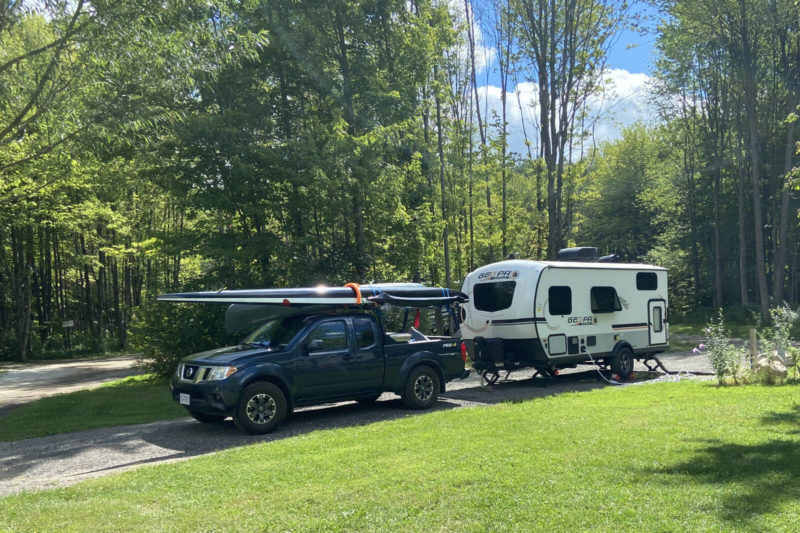
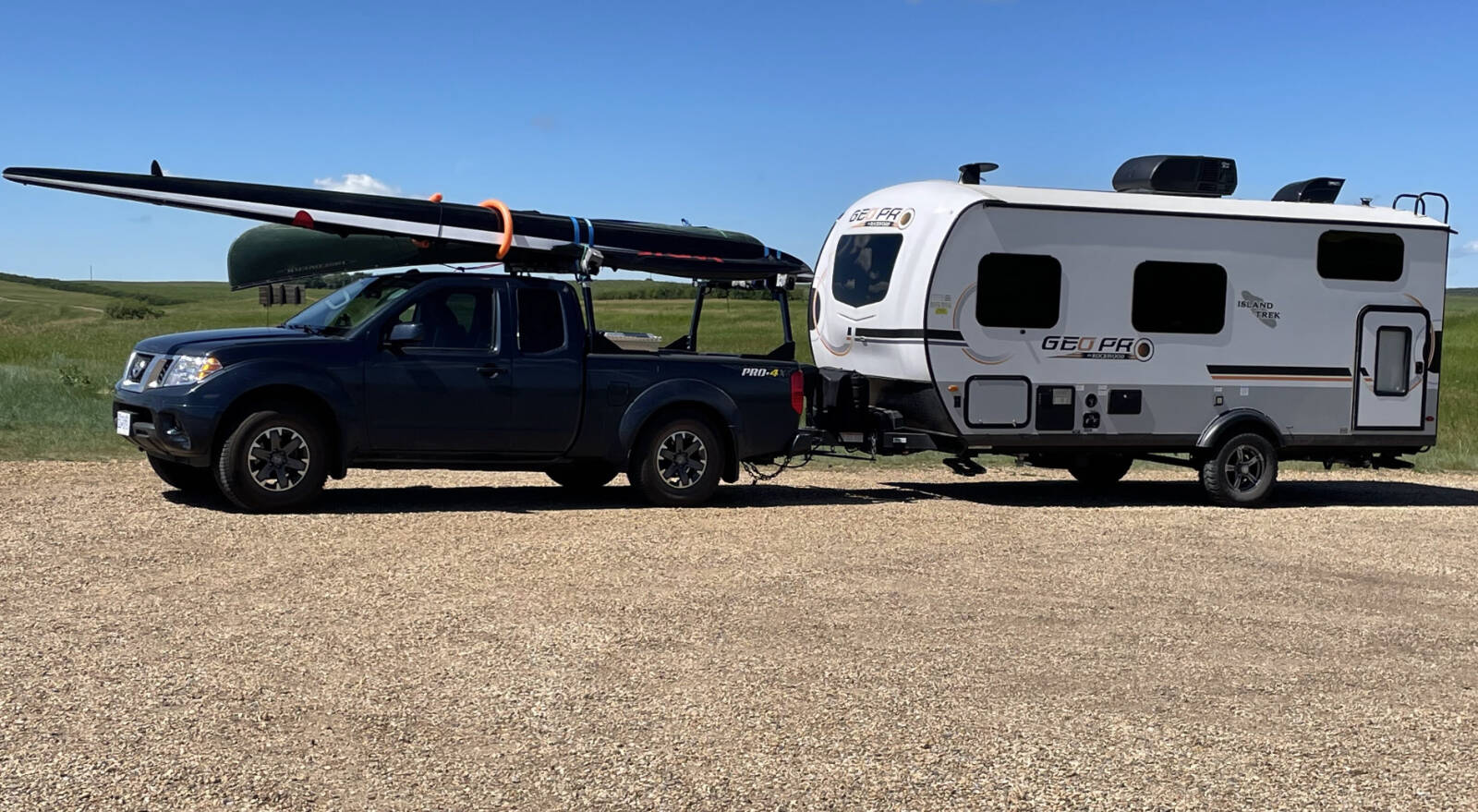
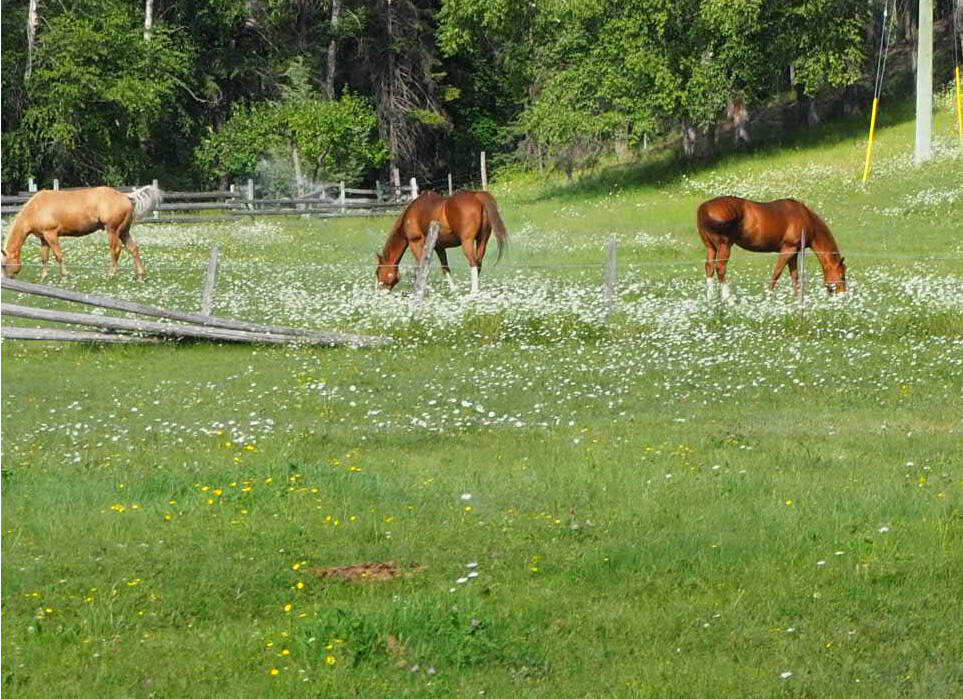
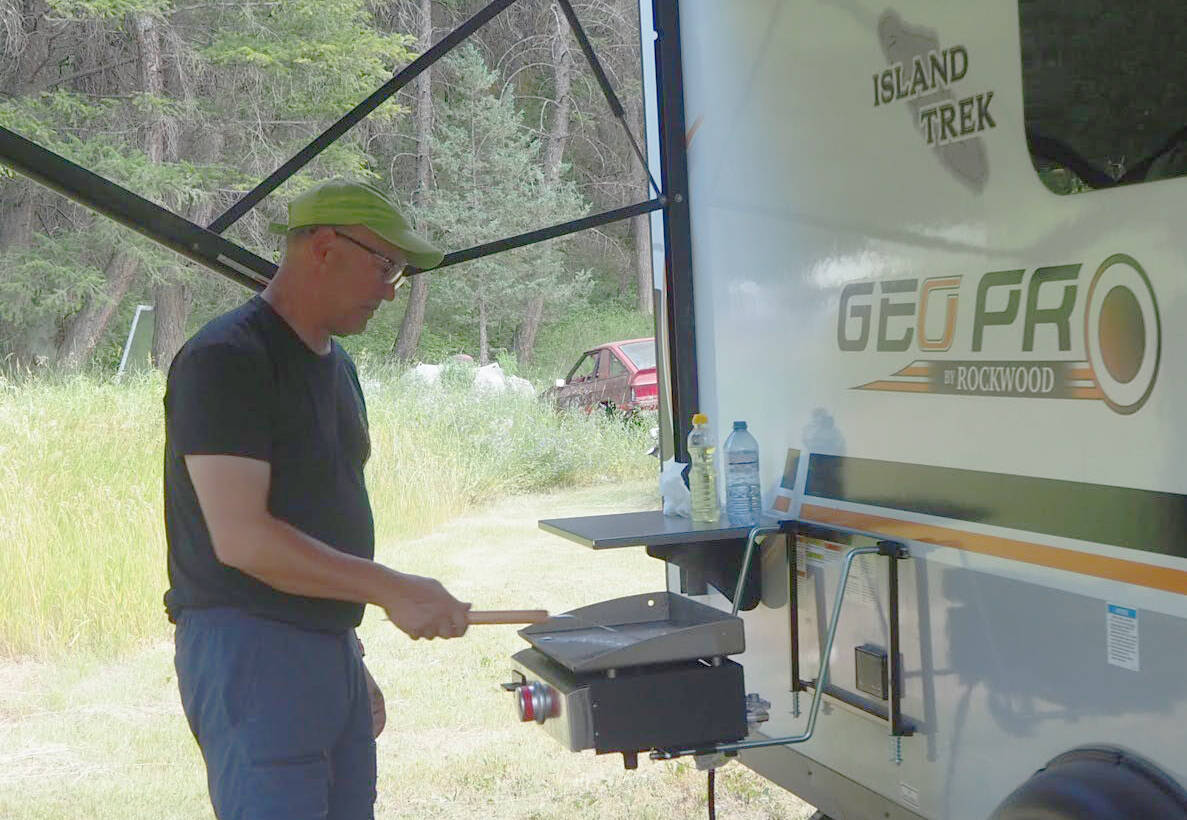
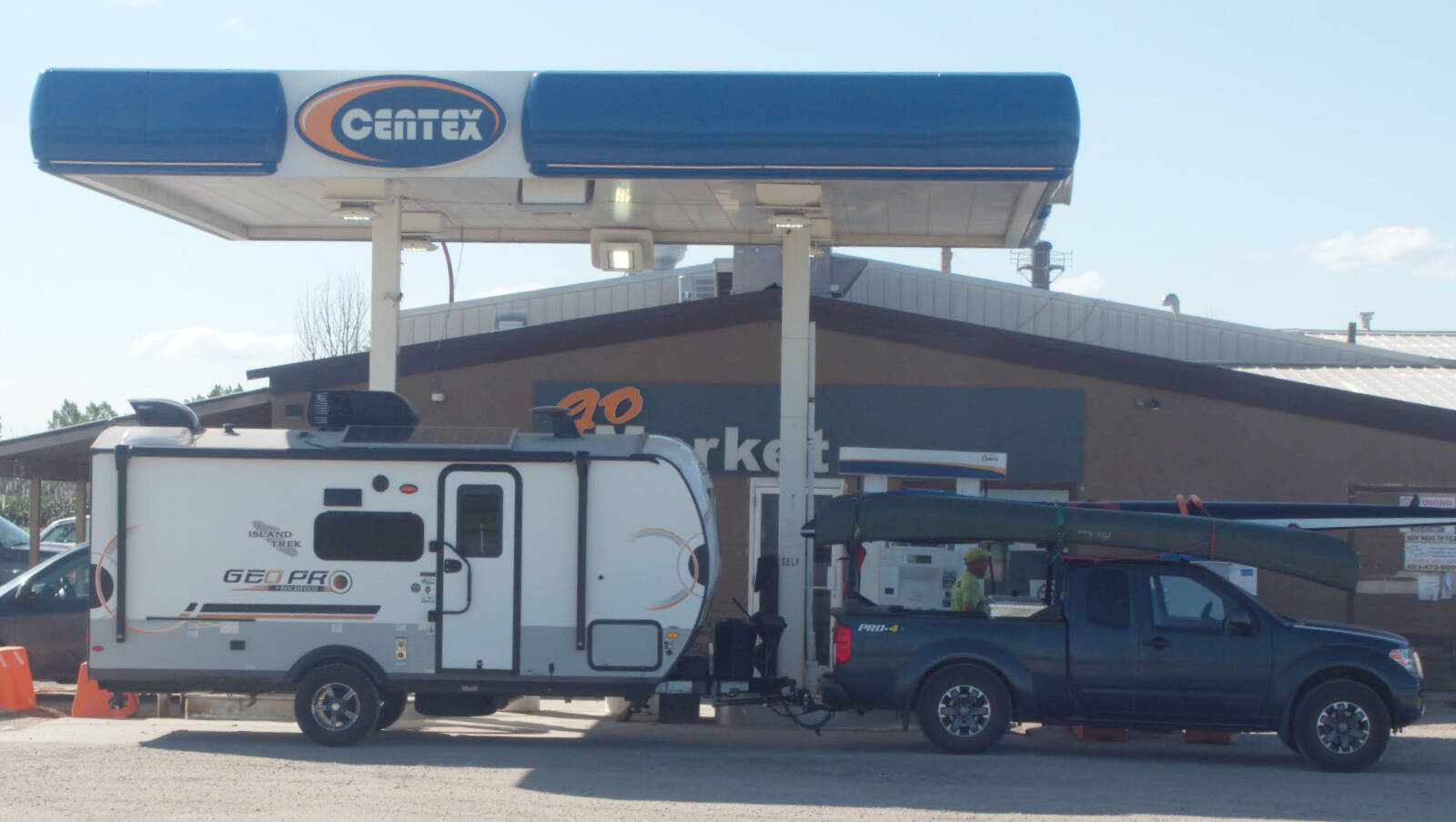
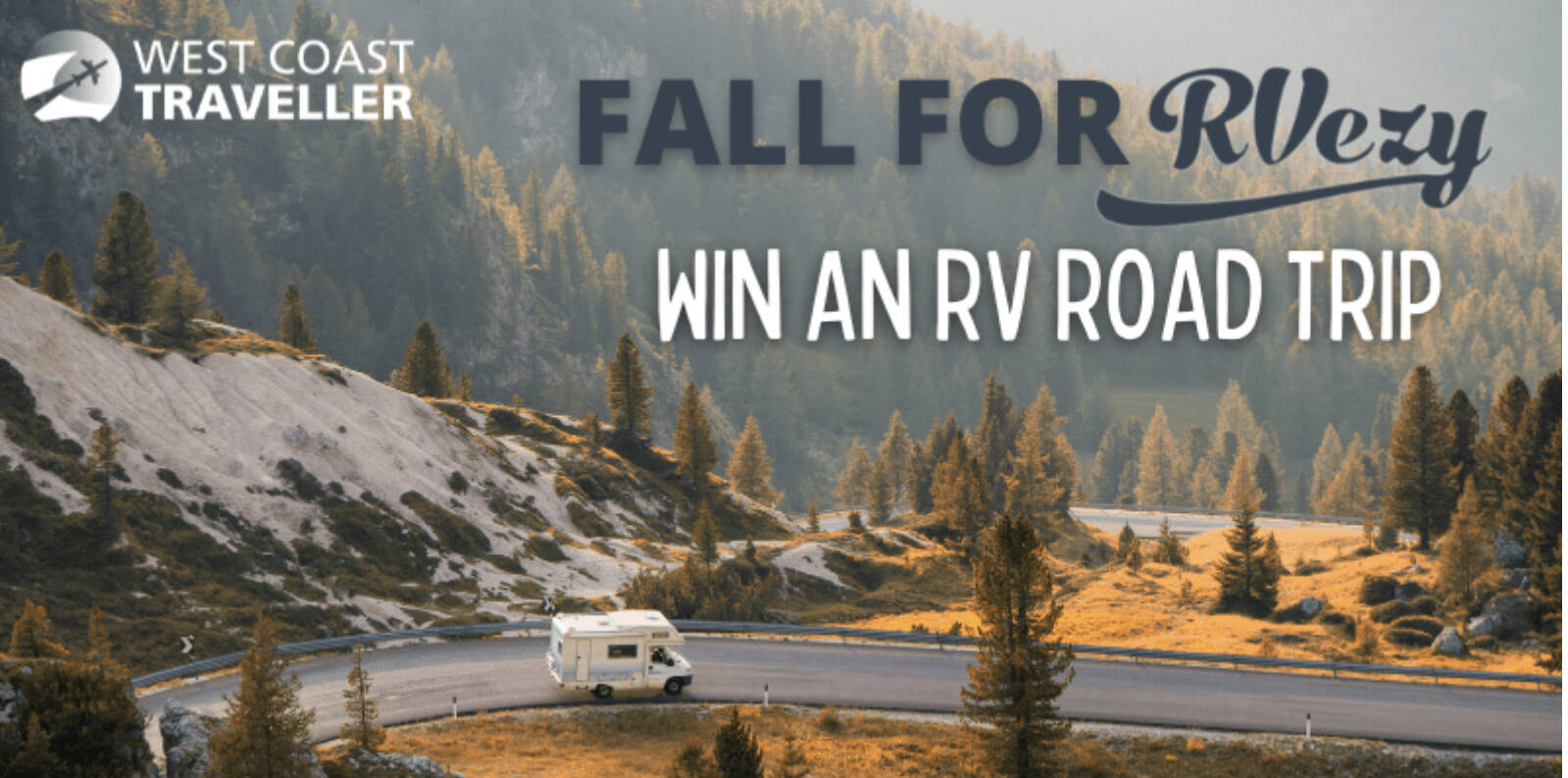

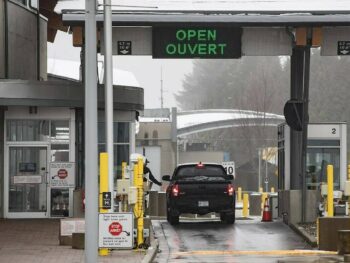




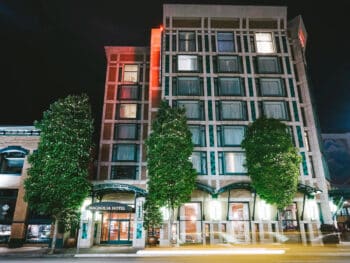
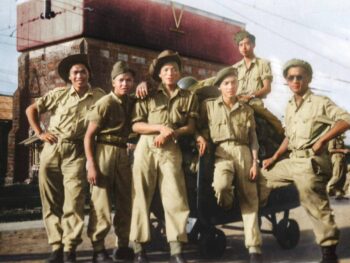
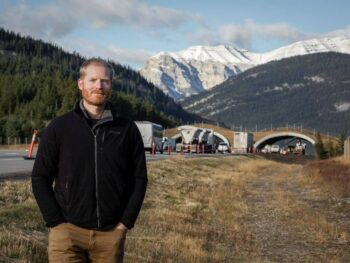
 ‘First time in 50 years’: Native trout returned to alpine lake in Banff National Park
‘First time in 50 years’: Native trout returned to alpine lake in Banff National Park